The study is based on the analysis of large studies involving tens of thousands of people, both with and without mental health conditions.


For decades, the study of genetic disease was focused on genes that code for protein. But scientists have now identified a novel neurodevelopmental disorder that is caused by mutations in a gene that does not code for protein, called RNU4-2. These mutations lead to neurological symptoms that cause cognitive dysfunction, but have not previously been linked together as one disease. These findings have been reported in Nature Medicine.
In this work, the investigators analyzed whole-genome sequencing data from over 5,000 cases of intellectual disability and over 46,000 unaffected individuals. The research focused on unusual variations in the sequences of 41,132 genes that do not code for protein. The research revealed a gene that is apparently a common cause of neurodevleopmental problems. The scientists also determined that these mutations often arise spontaneously, and are not usually inherited from a parent.
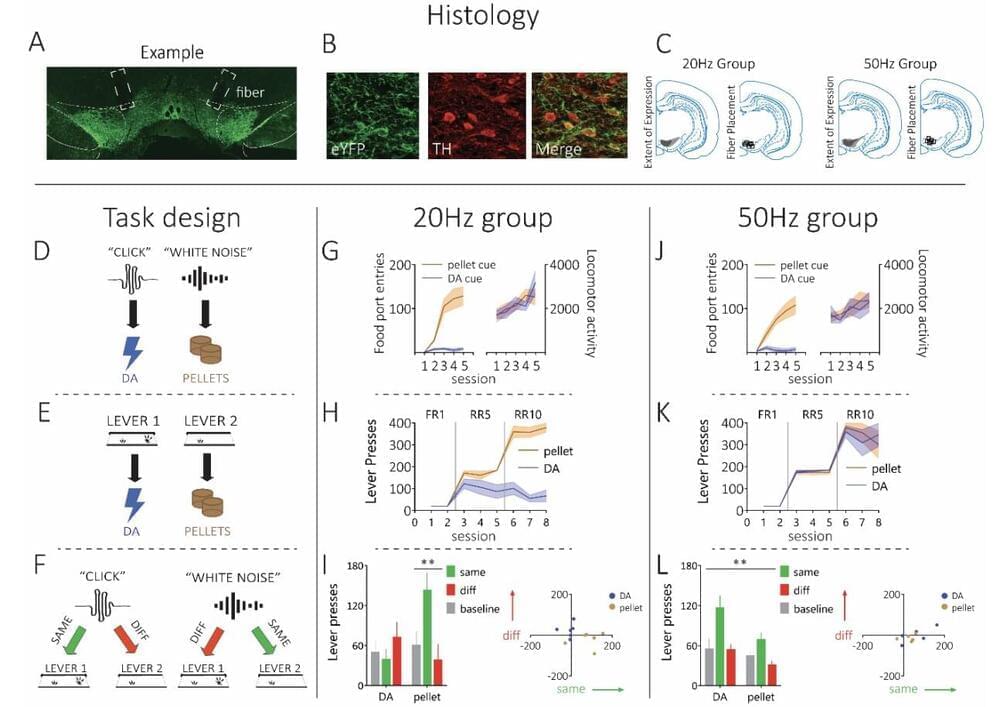
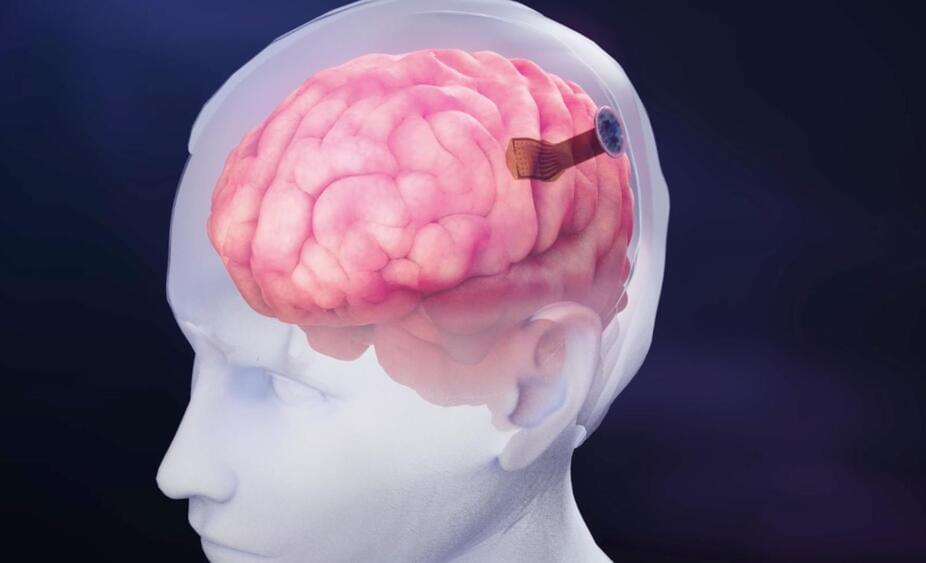
It’s estimated that almost half of the world’s population — about 3.7 billion people under the age of 50 — are infected with (HSV-1), which can cause oral herpes. About half a billion people between the ages of 15 and 49 are infected with herpes simplex virus-2 (HSV-2), the cause of genital herpes. There are therapeutics that can eliminate some symptoms of herpes, like blisters, but there is no cure for the infection, and those who are infected can spread the virus to others. Studies have suggested that HSV-1 may increase the risk of dementia, and HSV-2 raises the risk of HIV infection.
Scientists have now developed a gene therapy that can eliminate as much as 90 percent of oral herpes and 97 percent of genital herpes infections in pre-clinical mouse models. The gene therapy also reduced the level of virus that was released from an individual in a mouse model of the infection. These reductions took about one month to be completed, and more of the virus seemed to be eliminated over time. The work has been reported in Nature Communications.
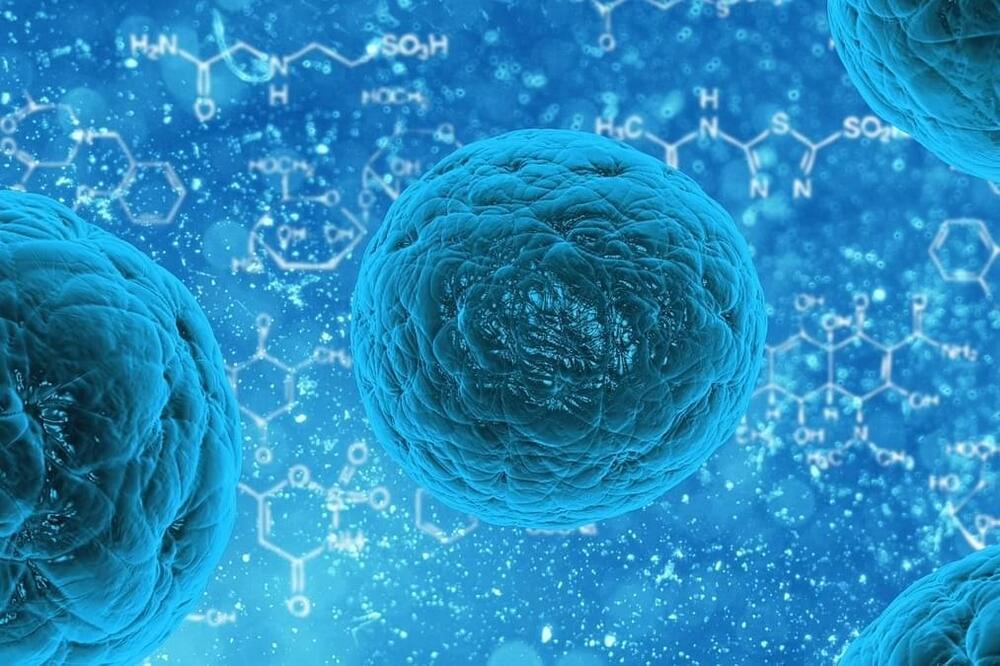
Chapters: 0:00 Colin Wright Highlights 0:48 Colin Wright: A Horrible Person, A Transphobe? 3:43 Did This Piss Colin Off? 6:03 Humans Will Always Do Magical Thinking 8:32 If We Stand Up Together… 9:48 The Fundamental Misunderstanding / Fish 12:48 What Activists Get Wrong (Secondary Characteristics) 15:48 The ‘True’ Hermaphrodite 17:48 Is There A Male or Female Brain? 21:48 Judith Butler’s Contradiction 24:48 Individual Liberty 27:48 Young Girls & Older Men 30:48 Cross-Dressers Getting Aroused 34:18 How Sex Is Determined In Nature 37:38 Why Do Men Have Nipples? 38:58 Why Don’t Testicles Have Rib Cages? 40:18 Creationism vs Evolution (Joe Rogan) 44:18 Alex Jones & Gay Frogs 45:08 What Does ‘Theory’ of Evolution Mean? 48:08 Other Competing Theories? 51:28 Faith vs Science 53:48 Danger of Reality Denial 57:43 A Heretic Colin Admires.
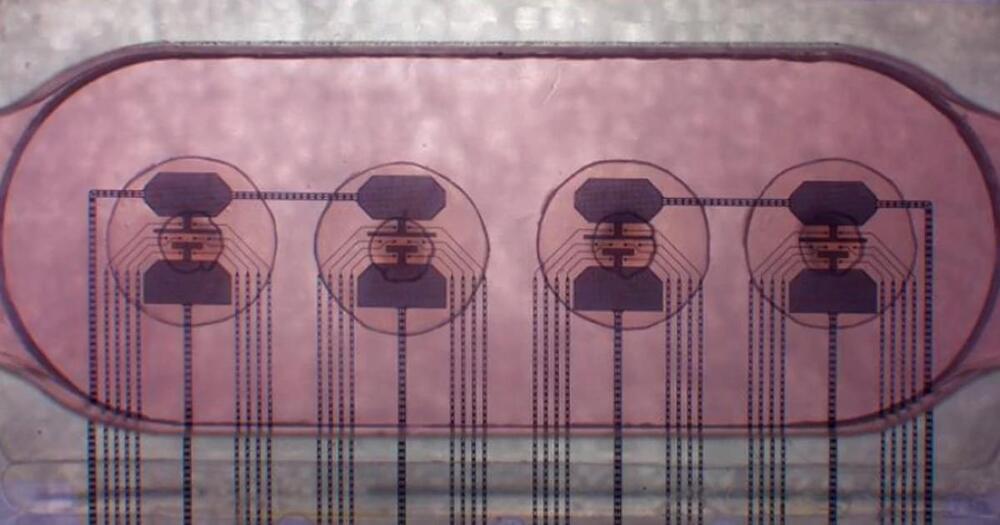
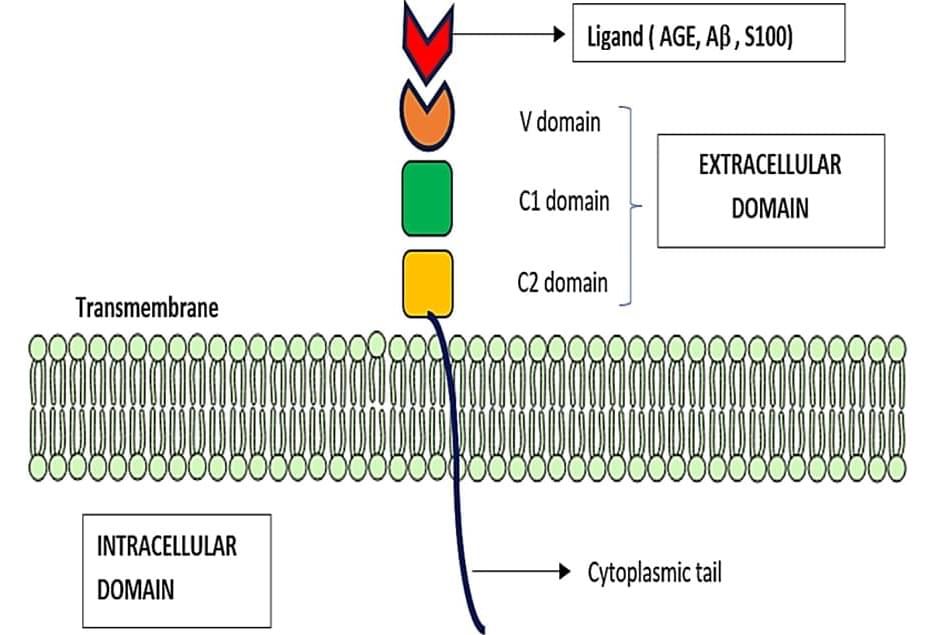
Advanced glycation end products (AGEs) accumulate in the brain, leading to neurodegenerative conditions such as Alzheimer’s disease (AD). The pathophysiology of AD is influenced by receptors for AGEs and toll-like receptor 4 (TLR4). Protein glycation results in irreversible AGEs through a complicated series of reactions involving the formation of Schiff’s base, the Amadori reaction, followed by the Maillard reaction, which causes abnormal brain glucose metabolism, oxidative stress, malfunctioning mitochondria, plaque deposition, and neuronal death. Amyloid plaque and other stimuli activate macrophages, which are crucial immune cells in AD development, triggering the production of inflammatory molecules and contributing to the disease’s pathogenesis. The risk of AD is doubled by risk factors for atherosclerosis, dementia, advanced age, and type 2 diabetic mellitus (DM). As individuals age, the prevalence of neurological illnesses such as AD increases due to a decrease in glyoxalase levels and an increase in AGE accumulation. Insulin’s role in proteostasis influences hallmarks of AD-like tau phosphorylation and amyloid β peptide clearance, affecting lipid metabolism, inflammation, vasoreactivity, and vascular function. The high-mobility group box 1 (HMGB1) protein, a key initiator and activator of a neuroinflammatory response, has been linked to the development of neurodegenerative diseases such as AD. The TLR4 inhibitor was found to improve memory and learning impairment and decrease Aβ build-up. Therapeutic research into anti-glycation agents, receptor for advanced glycation end products (RAGE) inhibitors, and AGE breakers offers hope for intervention strategies. Dietary and lifestyle modifications can also slow AD progression. Newer therapeutic approaches targeting AGE-related pathways are needed.
A clip of Daniel Dennett discussing consciousness and what he famously calls the Cartesian Theater. This comes from a 2015 documentary on Dennett.
#Philosophy #Dennett #Consciousness